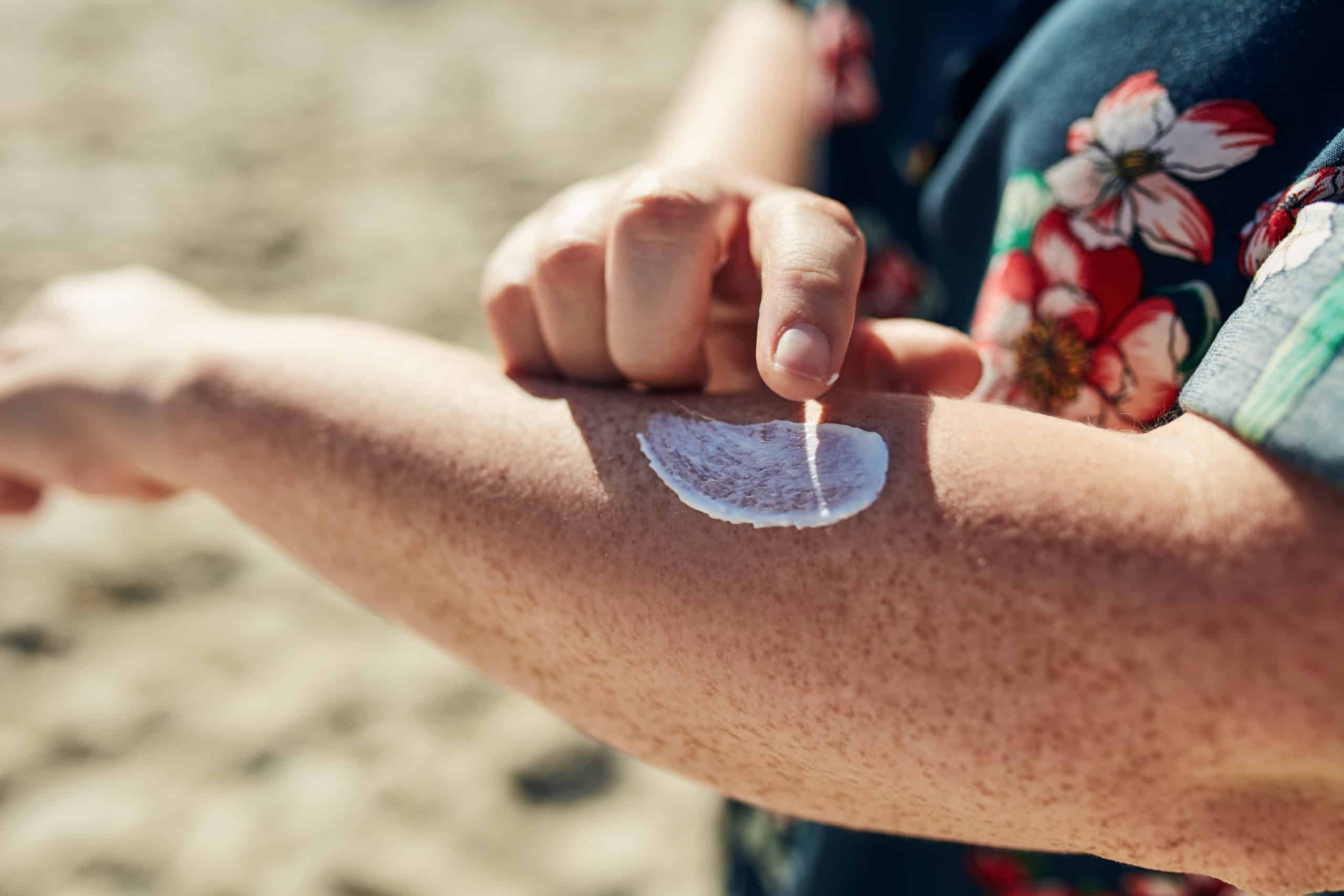There are differences in the forms of skin cancer and some, like basal and squamous cell skin cancers, are most common. They start in the top layer of skin and are often related to sun exposure. These cancers grow in the epidermis, the top layer of skin, and are usually removed completely to avoid spreading to other areas. Skin cancers like melanoma, while less common, are more likely to spread if left untreated.
Because exposure to UV rays is one of the most common risk factors for skin cancer, the most important way to lower your risk of skin cancers is to limit your exposure to these rays. Look for ways to reduce sun exposure by using and diligently reapplying sunscreen (with an SPF of at least 30). Also, avoid tanning lamps which give off UV rays and damage the skin.
Knowing your own skin is important to finding skin cancer early. Any spots on the skin that are new or changing in size, shape or color should be checked by a doctor. Any unusual sore, lump, blemish, marking or change in the way an area of the skin looks or feels may be a sign of skin cancer or a warning that it might occur.
“Remembering the A,B,C,D,E rule for skin cancer, particularly melanoma, is an important step in a skin self-exam,” said Dr. Nasreen Vohra, surgical oncologist and associate professor of surgery at ECU and Vidant Health. “For ‘A,’ look for asymmetrical shapes to skin lesions. For ‘B,’ check the borders of these lesions, irregular borders are more concerning. ‘C’ is for color, take notice if the lesion is unevenly pigmented or if there are changes in color. ‘D’ is for the diameter of the lesion and if it is greater than 6 millimeters, or the size of a pencil eraser, this could be concerning. Finally, ‘E’ is for evolving, so pay attention if the lesion is changing in any noticeable way.”
Some doctors and other health care professionals do skin exams as part of routine health check-ups. If the doctor thinks a suspicious area might be skin cancer, the area will be removed and sent to a lab to be examined.
There are different types of skin biopsies. The doctor will choose one based on the suspected type of skin cancer, where it is on your body, its size and other factors. Spread of the cancer deeply below the skin or to other parts of the body is uncommon for squamous cell cancers and rare for basal cell cancers, so most people with one of these skin cancers do not need imaging tests. However, imaging tests such as MRI and CT scans may be done if your doctor thinks you might be at risk for the cancer spreading outside the skin.
Fortunately, most of these cancers and pre-cancers can be cured with fairly minor surgery or other types of local treatments. It is important to discuss all of your treatment options, including their goals and possible side effects, with your doctors to help make the decision that best fits your needs.
“One of the most important factors to remember is skin damage is cumulative and the negative effects on your skin during your early years makes an impact on your skin health as you age,” Dr. Vohra said.
Given this, you should be mindful of ways to reduce your exposure to harmful UV rays, such as avoiding direct exposure when they are the most intense, between 10 a.m. and 2 p.m. Also, wear protective clothing such as hats and sunglasses with prolonged sun exposure. These are important, proactive steps for avoiding skin damage and maintaining skin health.
For more information about the risks and prevention of skin cancer, or if you do not have a primary care provider, please contact the Prevention Clinic at ECU Health Cancer Care at (252) 816-RISK (7475).
